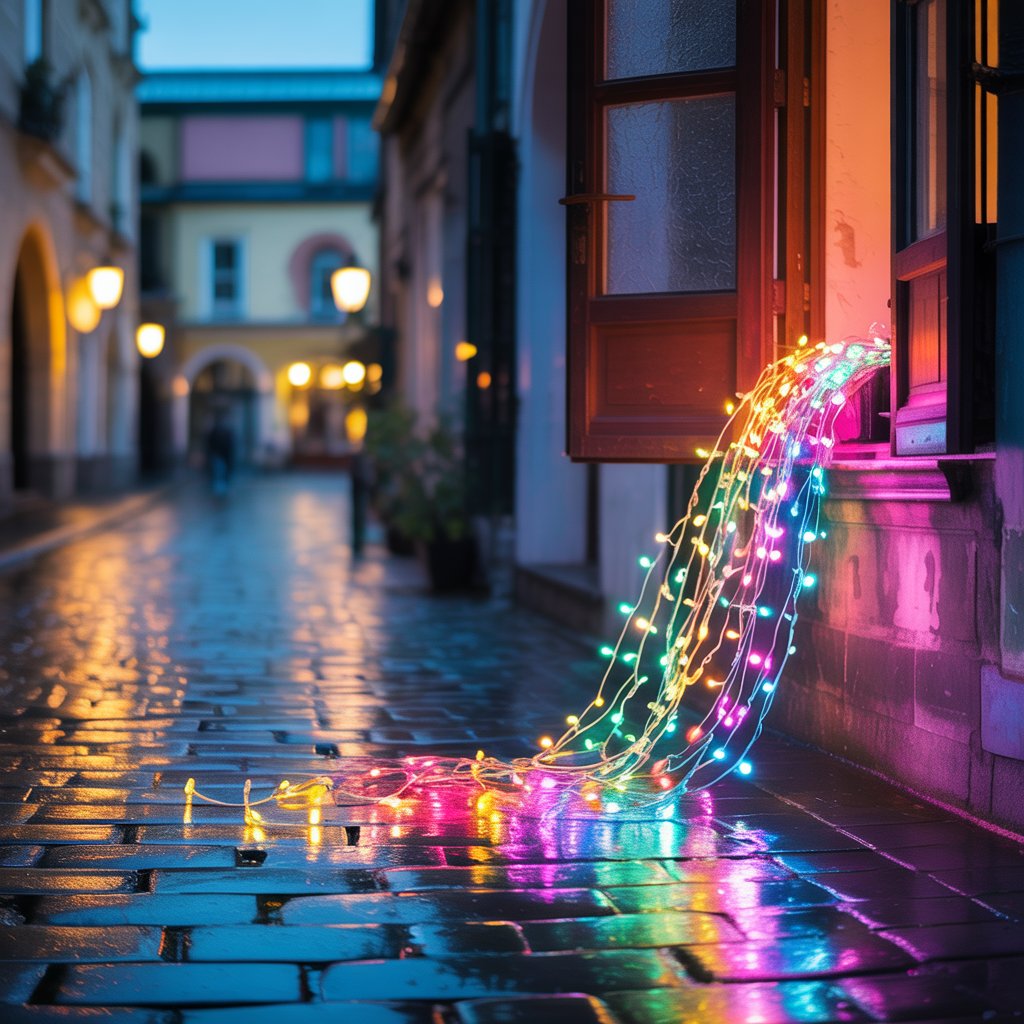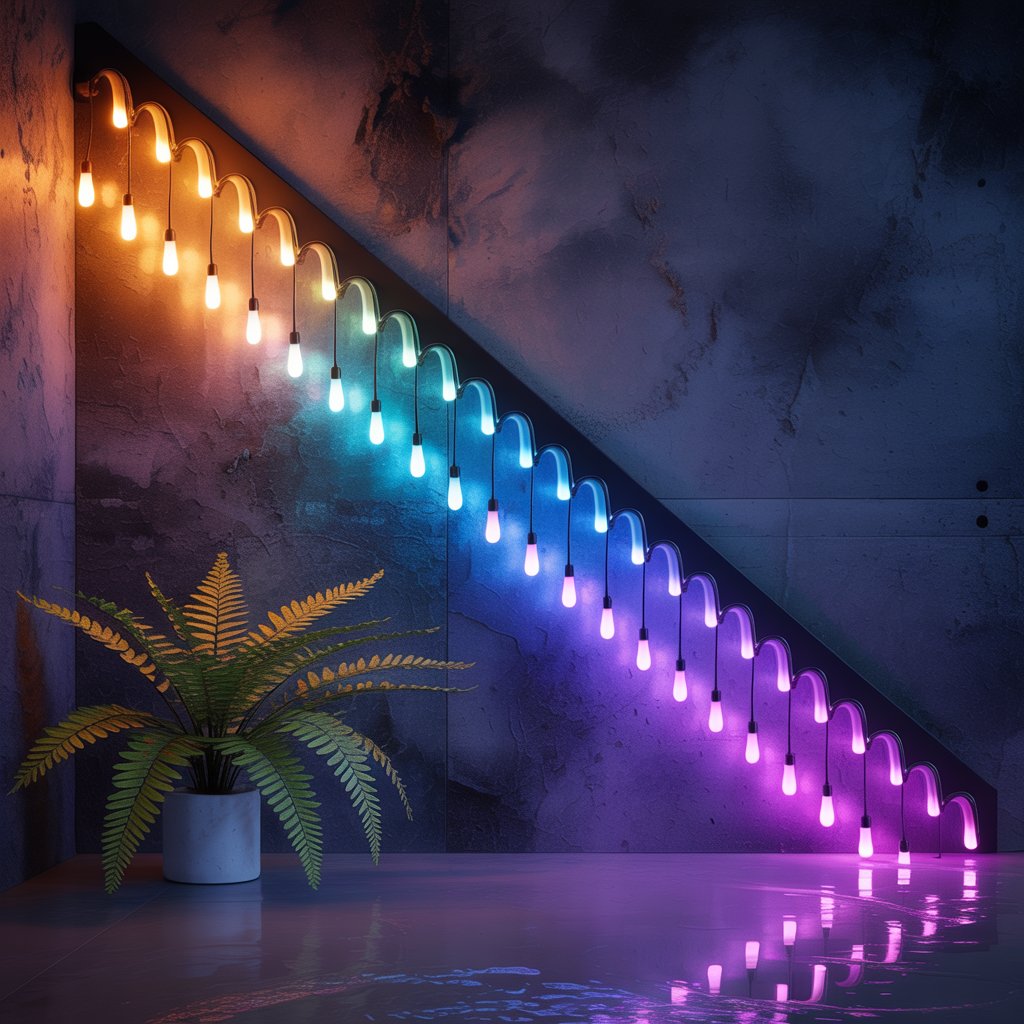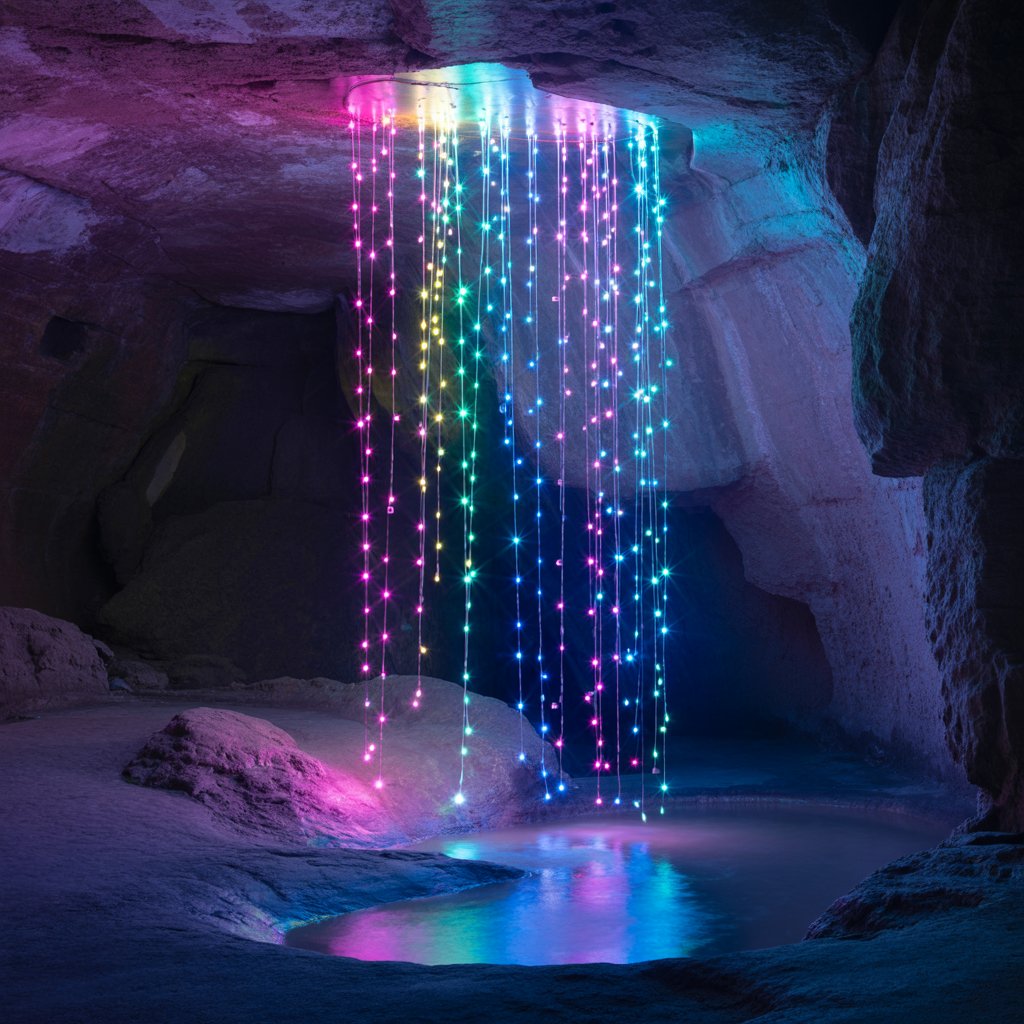Do LED Lights Get Hot? The Scientific Answer For You
Do LED lights get hot? This is a common question, especially with the increasing popularity of LED lighting. This comprehensive guide will delve deep into the thermal properties of LEDs, exploring why they generate heat, the factors influencing heat production, and how to manage heat effectively. You’ll learn about different types of LEDs, their heat…
Do LED lights get hot? This is a common question, especially with the increasing popularity of LED lighting. This comprehensive guide will delve deep into the thermal properties of LEDs, exploring why they generate heat, the factors influencing heat production, and how to manage heat effectively. You’ll learn about different types of LEDs, their heat output variations, and practical applications where heat management is crucial. We’ll also address common misconceptions and provide practical tips for choosing and using LEDs efficiently.
Light-emitting diodes (LEDs) are semiconductor devices that convert electricity directly into light. Unlike incandescent bulbs that generate light through heat, LEDs produce light through electroluminescence, a process where electrons recombine with electron holes in a semiconductor material, releasing photons (light particles).
While LEDs are significantly more energy-efficient than incandescent bulbs, they still generate heat. This is
because not all the electrical energy is converted into light; a portion is lost as heat due to various inefficiencies in the process. This heat is a byproduct of the energy conversion and isn’t avoidable.
Do LED Lights Get Hot?
Yes, LED lights do get hot, but much less than traditional bulbs. They produce heat at the base, not the bulb surface, and use heat sinks to manage it efficiently. This keeps them cooler to the touch and reduces energy waste, making them safer and more energy-efficient.
Factors Affecting LED Heat Generation

Several factors influence how much heat an LED produces. These include:
-
- LED Power Consumption (Watts): Higher wattage LEDs generally produce more heat.
- LED Efficiency (Lumens per Watt): More efficient LEDs convert a larger portion of electricity into light, generating less heat for the same light output.
- Ambient Temperature: Higher ambient temperatures can increase the LED’s operating temperature.
- Heat Sink Design: The design of the heat sink plays a crucial role in dissipating heat effectively.
- Thermal Resistance: This measures the ability of the LED and its packaging to conduct heat away.
Read More: Can You Cut LED Strip Lights?: A Comprehensive Guide
Types of LEDs and their Heat Output

Different types of LEDs have varying heat outputs. High-power LEDs, often used in outdoor lighting or industrial applications, tend to generate significantly more heat compared to low-power LEDs used in small devices or accent lighting.
High-Power LEDs
These LEDs are designed for high-intensity applications and produce considerably more heat. Effective heat management is critical to prevent overheating and ensure longevity.
Low-Power LEDs
These LEDs produce less heat due to their lower power consumption. They are commonly found in everyday applications like electronic devices and residential lighting.
Measuring LED Temperature
The temperature of an LED can be measured using various methods, including infrared thermometers and thermal cameras. Monitoring the temperature is crucial for determining its operating condition and potential overheating issues.
Heat Management Strategies for LEDs
Proper heat management is crucial for extending the lifespan and ensuring optimal performance of LEDs. Effective techniques include:
-
- Heat Sinks: These are designed to dissipate heat away from the LED.
- Thermal Paste: Applying thermal paste improves heat transfer between the LED and the heat sink.
- Air Cooling: Adequate airflow can help dissipate heat.
- Proper Ventilation: Ensuring proper ventilation around the LED fixture prevents heat buildup.
Read More: How Many Can Lights for a 12×12 Room? Right Numbers For You
The Impact of Heat on LED Lifespan
Excessive heat significantly reduces the lifespan of LEDs. Overheating can damage the LED’s internal components, leading to premature failure. Maintaining optimal operating temperature is essential for maximizing its longevity.
Comparing LED Heat Output to Other Lighting Technologies

Compared to traditional incandescent bulbs, LEDs produce far less heat for the same light output. Incandescent bulbs convert a significant portion of energy into heat, making them inefficient and less environmentally friendly.
LED Light Fixtures and Heat Dissipation
The design of the LED light fixture plays a vital role in heat management. Well-designed fixtures incorporate efficient heat dissipation mechanisms to prevent overheating.
Safety Considerations: Overheating and Fire Hazards
While LEDs generally produce less heat than other lighting types, it’s essential to address potential safety concerns. Overheating, if not managed properly, could pose a fire hazard. Proper installation and maintenance are crucial for mitigating risks.
Read More: Lighting Your Space: How Many Lumens Do You Need to Light a Room?
Troubleshooting Overheating LEDs
If you notice your LEDs are excessively hot, check for proper ventilation, heat sink effectiveness, and potential obstructions that impede heat dissipation. Consult the manufacturer’s guidelines for troubleshooting specific issues.
Choosing the Right LED for Your Needs
When choosing LEDs, consider the application, required light output, and the available heat dissipation mechanisms. Select LEDs with appropriate power ratings and efficiency for optimal performance and longevity.
LEDs in Different Environments
The optimal operating temperature of LEDs can vary depending on the environment. Consider ambient temperature and humidity when selecting and installing LEDs in diverse settings.
Advanced Heat Management Techniques for High-Power LEDs
High-power LEDs often require advanced heat management techniques, such as liquid cooling or thermoelectric coolers, to maintain optimal operating temperatures.
The Future of LED Technology and Heat Management
Ongoing research focuses on improving LED efficiency and heat management techniques. Future advancements are expected to result in even more energy-efficient and heat-resistant LEDs.
Frequently Asked Questions
What causes LEDs to generate heat?
LEDs generate heat due to inefficiencies in the energy conversion process. Not all electrical energy is converted to light; a portion is lost as heat.
How can I tell if my LED is overheating?
Overheating LEDs may feel unusually hot to the touch. You can use an infrared thermometer for accurate temperature measurement. Excessive heat can also shorten the lifespan of the LED.
What are the risks of overheating LEDs?
Overheating can cause premature LED failure, damage surrounding materials, and in extreme cases, pose a fire hazard.
How important is heat sink for LEDs?
A heat sink is crucial for dissipating heat away from the LED, especially for high-power LEDs. It significantly extends the lifespan and prevents overheating.
What types of heat sinks are available?
Various heat sinks are available, ranging from simple aluminum fins to more complex designs incorporating fans or other cooling mechanisms. The choice depends on the power and heat output of the LED.
Can I use a thermal paste with my LEDs?
Yes, using thermal paste between the LED and heat sink significantly improves heat transfer, reducing operating temperatures and increasing lifespan.
Final Thoughts
Understanding how LEDs generate heat and the methods for effectively managing it is crucial for anyone using LED lighting. From choosing the right LED for your application to implementing proper heat management strategies, the information presented in this guide helps ensure optimal performance, longevity, and safety. By taking the necessary precautions and understanding the factors influencing LED heat output, you can maximize the lifespan of your LED lights and enjoy their energy-efficient and long-lasting benefits. Remember, always check manufacturer’s guidelines and consult with professionals for complex installations or high-power LEDs. Proper heat management is not just about extending the life of your LEDs; it’s also about ensuring safety and preventing potential fire hazards.

